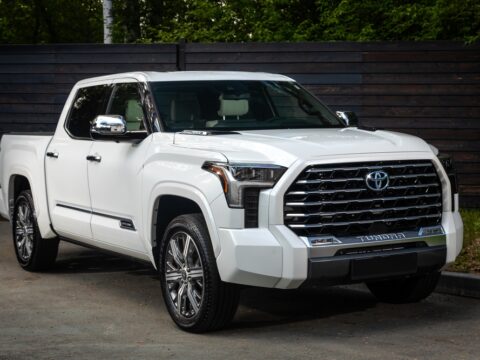Sometimes, even the most innovative ideas don’t quite hit the mark. In the world of cycling, several revolutionary bicycles promised to change the way we ride, but for various reasons, they never caught on. In this article, we’ll explore 10 of the most groundbreaking bikes that, despite their potential, just didn’t make it to the mainstream.
Contents
Bowden Spacelander
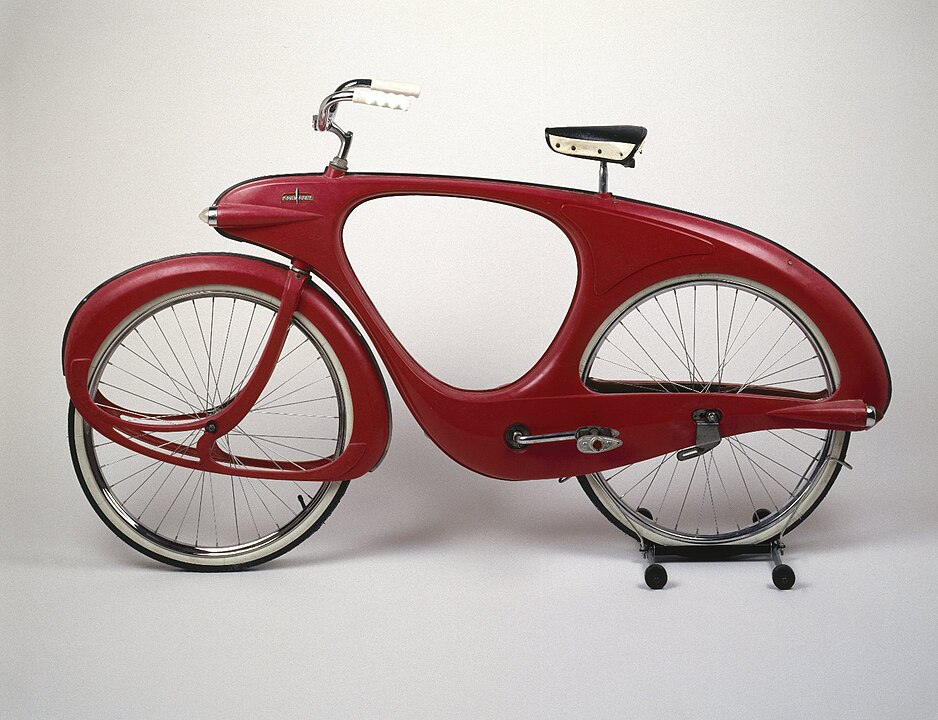
The Bowden Spacelander was a revolutionary bicycle design from the 1940s, featuring a futuristic fiberglass frame that was light years ahead of its time. Conceived by industrial designer Benjamin Bowden, the Spacelander was meant to embody the sleek, modern aesthetics of the space age. However, the high cost of production and the unconventional design proved too much for the market to embrace, leading to its downfall. Despite its limited success, the Spacelander remains an iconic example of innovative design that was simply too ahead of its era.
YikeBike

The YikeBike was a compact, foldable electric bike designed to revolutionize urban transport. With its unique riding position—resembling a seated Segway—and ultra-portable design, it offered a fresh approach to city commuting. However, the unconventional design, combined with a steep learning curve and high price tag, made it difficult for the average rider to adopt. The YikeBike’s innovative concept was admired but ultimately deemed too radical for mainstream acceptance.
Sinclair C5

The Sinclair C5 was an ambitious attempt to revolutionize personal transport with an electric tricycle. Launched in the mid-1980s, the C5 was designed to be an affordable, eco-friendly vehicle for short trips. However, its low top speed, lack of weather protection, and safety concerns led to poor sales and widespread criticism. Despite its failure, the Sinclair C5 remains a symbol of innovation that was perhaps too ahead of its time for the market to appreciate.
Trek Y-Foil
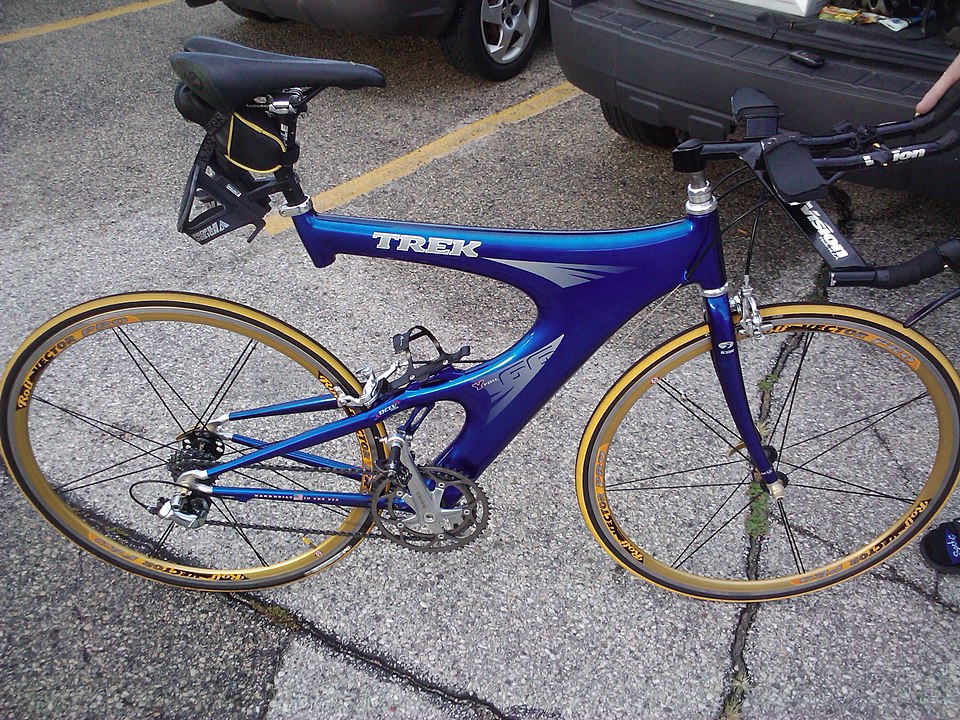
The Trek Y-Foil was a carbon fiber road bike introduced in the late 1990s, featuring an innovative frame design that eliminated the traditional seat tube. This gave the bike a futuristic look and promised better aerodynamics. However, the unconventional design failed to attract a broad audience, and it was eventually discontinued. The Trek Y-Foil is remembered as a bold experiment in bicycle design that didn’t resonate with the cycling community at large.
ElliptiGO
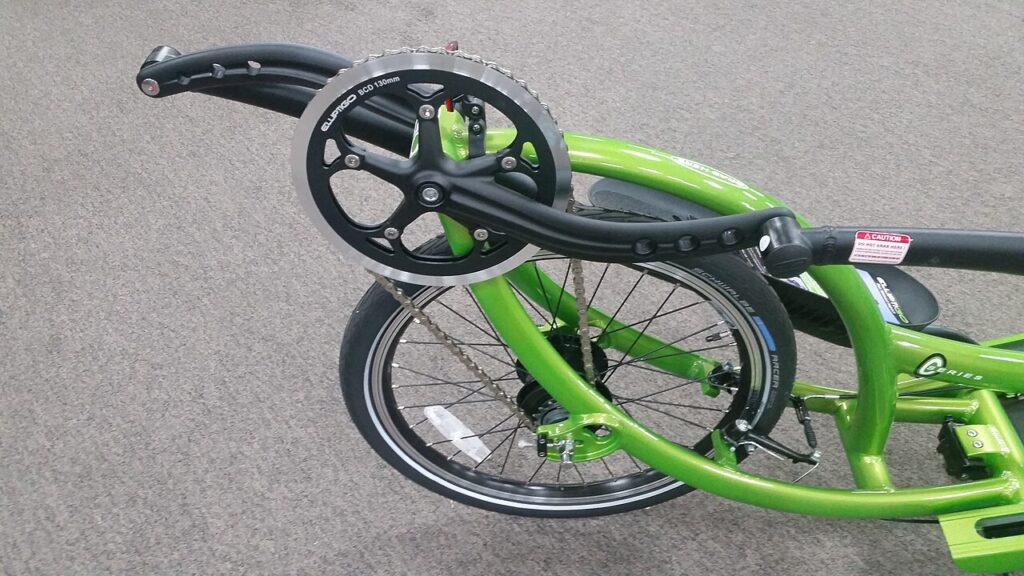
The ElliptiGO is a stand-up bike that mimics the motion of running, offering a low-impact workout for athletes. It gained popularity among runners recovering from injuries but was considered too unusual and expensive for most riders. While the ElliptiGO carved out a niche market, it never became a widespread alternative to traditional bicycles. Its unique design remains a novel idea that didn’t achieve mass market success.
Vanmoof Electrified S
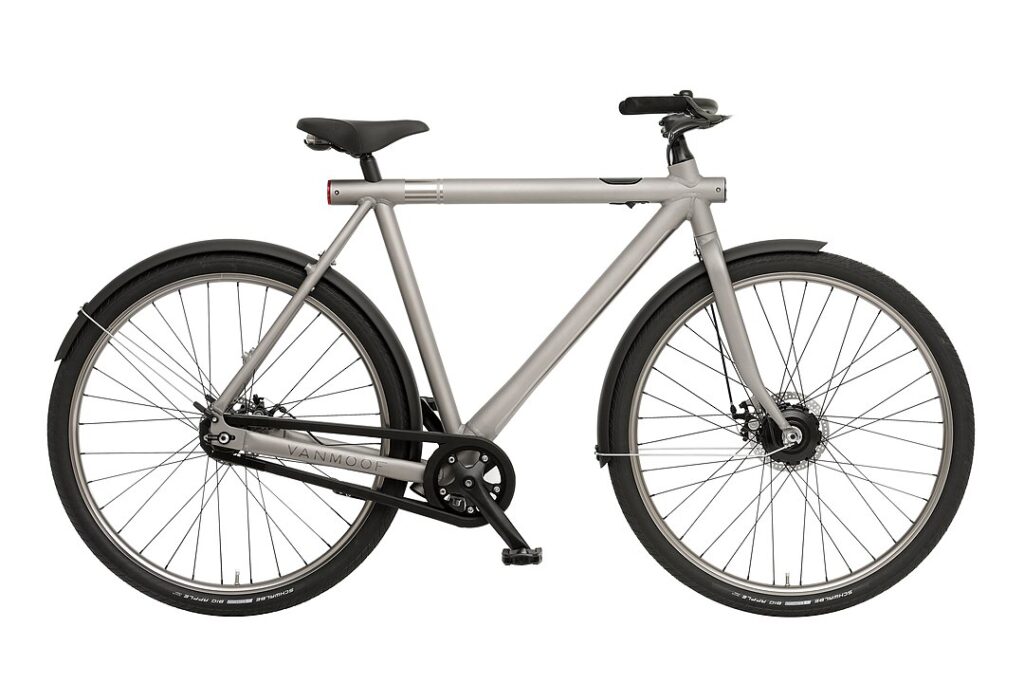
The Vanmoof Electrified S was an electric bike loaded with smart features, including integrated anti-theft technology and GPS tracking. It was designed to be the ultimate urban commuter bike, combining style, functionality, and security. However, its high price and specialized design kept it from becoming a mainstream choice. The Vanmoof Electrified S is an example of a bike that offered groundbreaking features but was too niche to achieve broad success.
Stringbike

The Stringbike introduced a revolutionary string-driven mechanism instead of the traditional chain, offering a smooth and maintenance-free ride. This innovative design promised to reduce wear and tear while providing a unique cycling experience. However, the unfamiliar technology and lack of widespread support led to its failure to capture the interest of mainstream cyclists. The Stringbike remains a fascinating concept that couldn’t break through the conventions of bicycle design.
Penny Farthing (Modern Reproduction)
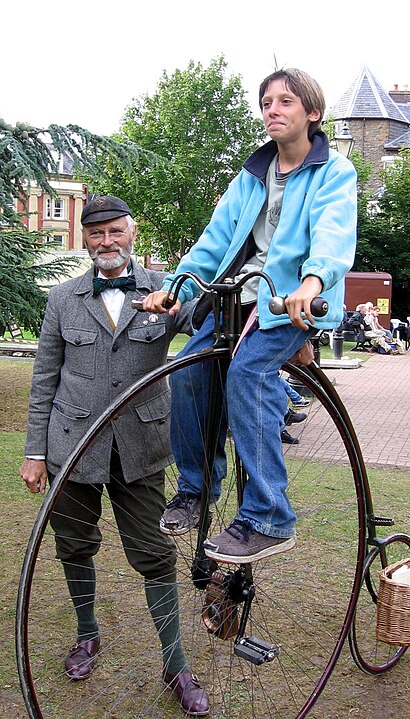
The modern reproduction of the classic Penny Farthing high-wheeler brought a piece of cycling history into the present day. While it captured the nostalgia of a bygone era, the impracticality of its design—especially in modern traffic—prevented it from being more than a novelty item. The Penny Farthing’s unique appearance is undeniably iconic, but its use is largely limited to enthusiasts and collectors, making it a revolutionary bike that never took off in the modern world.
Velomobile
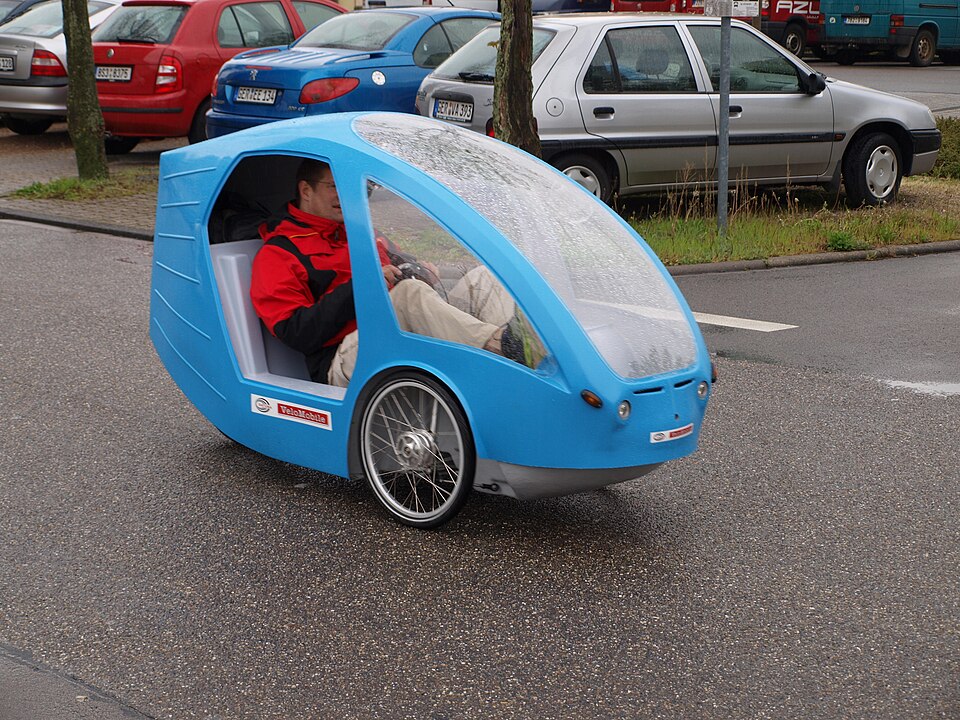
The Velomobile is a fully enclosed, pedal-powered vehicle designed for speed and efficiency, offering protection from the elements while maintaining the benefits of cycling. Its aerodynamic design allows for higher speeds than traditional bikes, but its bulkiness and high cost have kept it from widespread use. The Velomobile is a revolutionary concept that offers a glimpse into the future of human-powered transport, though it remains a niche product due to its impracticality for most riders.
Cannondale Lefty

The Cannondale Lefty is a mountain bike known for its single-sided front fork, an innovative design that reduces weight and improves suspension performance. While it offers advantages in terms of handling and shock absorption, the unconventional appearance and complexity of the design have made it a polarizing choice among riders. The Cannondale Lefty is a revolutionary bike that challenged traditional design norms but struggled to gain widespread acceptance in the mainstream market.
This article originally appeared in MyCarMakesNoise.
More from MyCarMakesNoise
Yamaha`s 16 Most Powerful Bikes and Their Racing Heritage
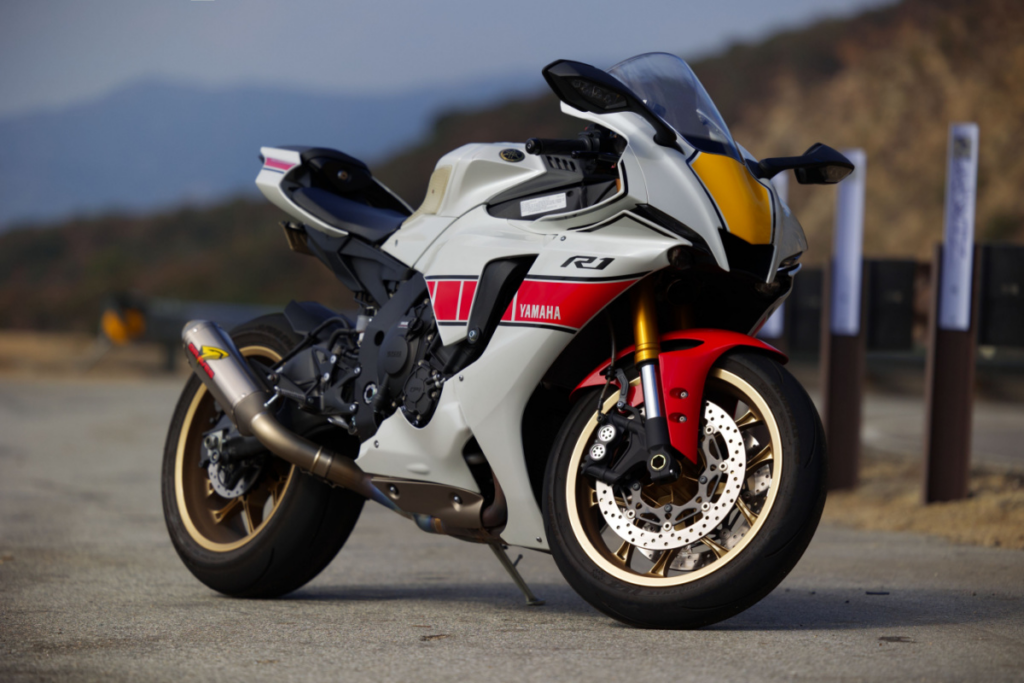
Yamaha has a rich legacy in the world of motorcycles, known for producing some of the most powerful and innovative bikes on the market. This article explores Yamaha’s 16 most powerful motorcycles, highlighting their impressive specifications and the racing heritage that has shaped their development. Read More
16 Economic Pressures on the Fossil Fuel Market

The fossil fuel market is under increasing economic pressure from multiple fronts. From the rise of renewable energy to shifting consumer preferences, various factors are reshaping the landscape. Read More
Top 10 Amphibious Vehicles for Land and Water Operations

Exploring both land and water has never been easier with the innovation of amphibious vehicles. These versatile machines seamlessly transition between terrains, offering unique capabilities for adventure, rescue, and practical applications. Read More



